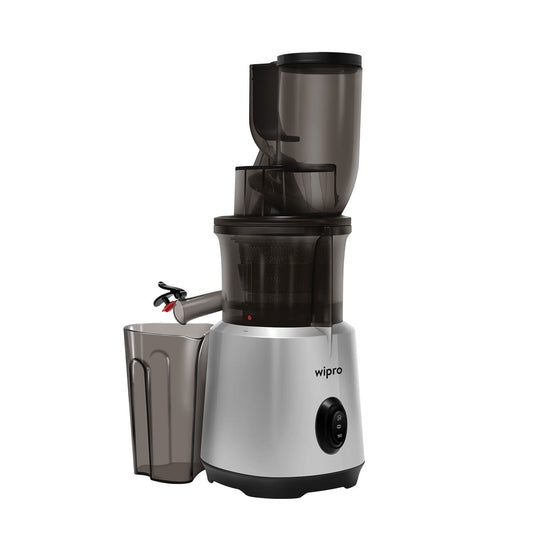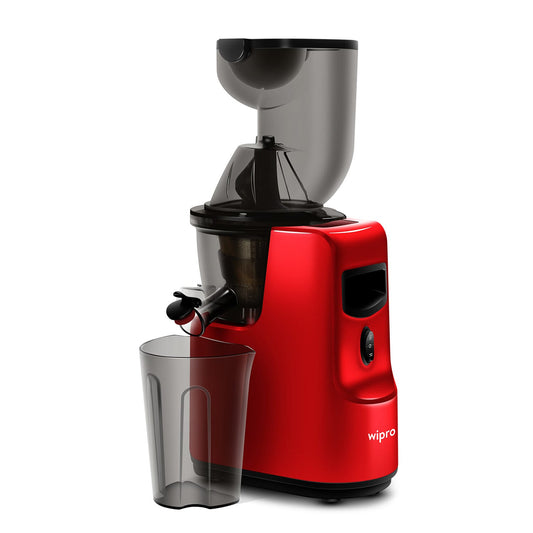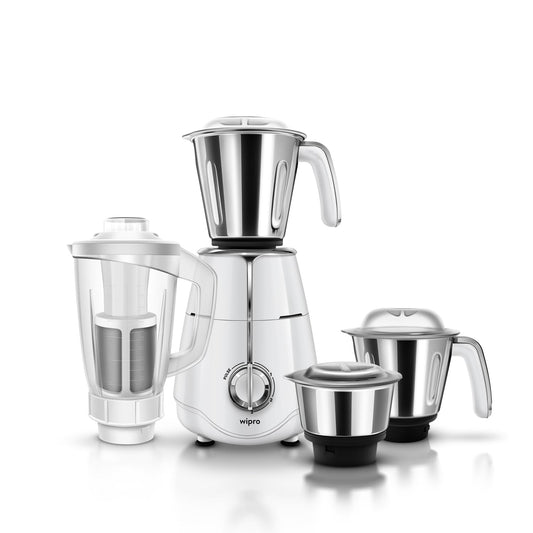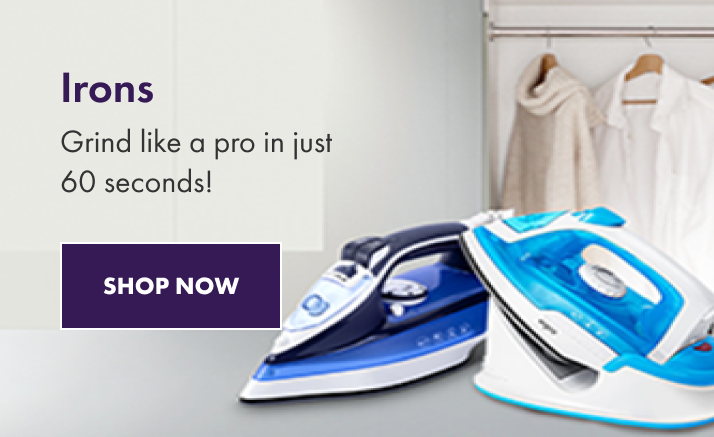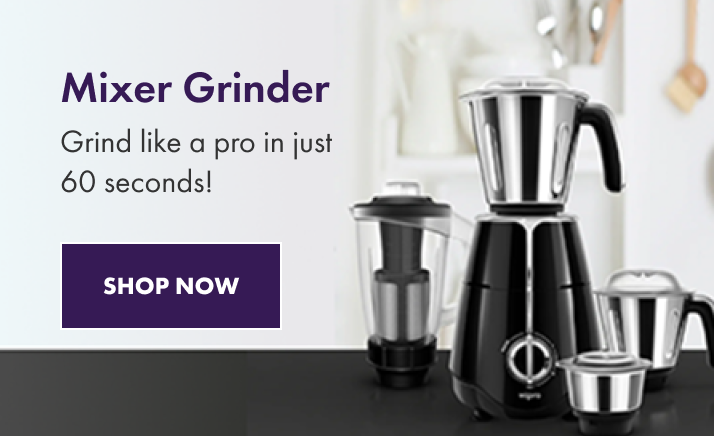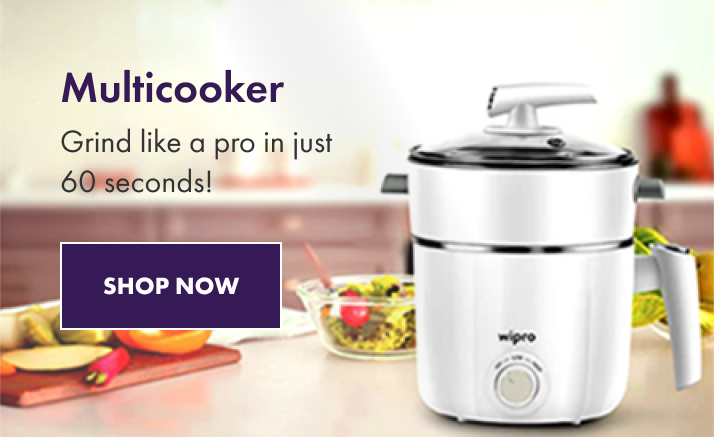When it comes to choosing the best slow juicer for home, many of us are torn between two popular options: vertical slow juicers and horizontal slow juicers. Both types have their unique benefits and drawbacks, which can make the decision challenging. Here we'll delve into the key differences between these two types of juicers, helping you decide which one suits your needs better.
What is a Vertical Slow Juicer?
A vertical slow juicer is a type of juicer that features a vertical design, utilizing a slow, cold press method to extract juice from fruits and vegetables. The vertical design allows for a compact and space-saving appliance, making it the best slow juicer for homes with smaller kitchen spaces. Here are some key pros and cons of vertical slow juicers:
Pros:
- Space Efficiency: Compact design ideal for smaller kitchens.
- Ease of Use: Wider feed chutes reduce prep time and make juicing effortless.
- Fast Juicing: Combines the speed of centrifugal juicers with the quality of masticating juicers.
- Budget-Friendly: Often less expensive upfront compared to horizontal models.
- Nutrient Retention: Operates at low speeds to minimize heat and oxidation, preserving nutrients.
Cons:
- Limited Versatility: Primarily focused on juicing with fewer additional functions.
- Struggles with Leafy Greens: May not perform as well with fibrous vegetables like celery or leafy greens.
What is a Horizontal Slow Juicer?
A horizontal slow juicer, on the other hand, has a horizontal orientation with the feed chute and juice collection container arranged horizontally. The juicing mechanism in a horizontal slow juicer consists of a horizontal auger that grinds and squeezes the fruits and vegetables to extract the juice. Here are some horizontal juicer pros and cons:
Pros:
- Versatility: Often comes with additional attachments for making nut milks, baby food, sorbets, and more.
- Higher Juice Yield: Excels at extracting juice from leafy greens and fibrous vegetables.
- Multi-Tasking: Can handle a variety of tasks beyond juicing.
- Quiet Operation: Generally quieter than vertical models.
Cons:
- Space Requirements: Larger footprint requires more kitchen space.
- Slower Juicing: Takes longer to extract juice compared to vertical models.
- More Prep Time: Narrower feed chutes require more preparation and manual pushing.
Vertical vs Horizontal Slow Juicer
- Design and Space Efficiency: Vertical juicers are compact and stand upright, making them the best slow juicer for home kitchens with limited countertop space. Horizontal juicers are wider and need more room, better suited for larger kitchens.
- Noise Level: Both operate at low speeds (35–100 RPM), but horizontal juicers tend to be slightly quieter due to their design and motor placement.
- Juicing Produce: Vertical slow juicers work great for soft fruits like oranges, berries, and kiwis. For leafy greens and fibrous vegetables, horizontal juicers offer superior performance and juice yield.
- Pulp and Juice Yield: Horizontal juicers usually leave behind drier pulp, meaning higher juice yield—especially from tough ingredients like greens. Vertical juicers still do well with hard fruits but are less efficient with greens.
- Versatility: Horizontal juicers shine in versatility, often including attachments for nut milks, sorbets, and baby food. Vertical juicer benefits lie in quick, efficient juicing with some models offering basic versatility like sorbet making.
- Maintenance and Cost: Both are easy to clean, often with dishwasher-safe parts. Vertical juicers may need more brushing due to larger filters. Cost-wise, vertical models are generally more budget-friendly, while horizontal ones offer added functions at a higher price.
Vertical vs Horizontal Slow Juicer – Which One is Right for You?
In the debate of vertical vs horizontal slow juicer, it comes down to your lifestyle, kitchen space, and what you love to juice.
If you need a compact kitchen appliance, prefer faster juicing, and mostly enjoy soft fruits like oranges, berries, and kiwis, then a vertical slow juicer is the way to go. Its upright design, ease of cleaning, and affordability make it a strong contender for those seeking the best slow juicer for home use. The vertical juicer benefits include space efficiency and user-friendly operation, perfect for everyday health routines.
On the other hand, if you're into leafy greens, celery, or want to create nut milks, baby food, or sorbets, then the horizontal juicer leans in your favour. While it takes up more space and may cost a bit more, its versatility and higher juice yield from fibrous produce make it a worthy long-term addition for any health-conscious kitchen.
In the end, there’s no universal winner in the vertical vs horizontal slow juicer debate. It’s all about what works best for your needs. Either way, you’re investing in better health and fresher choices every day.
Wipro Vesta Cold Press Slow Juicer
The Wipro Vesta Cold Press Slow Juicer is the best slow juicer for home. With a low 55 RPM and powerful 240W copper DC motor, it ensures high juice yield and dry pulp while preserving nutrients.
Like horizontal juicers, it includes attachments for making nut milk and sorbet, offering multifunctional use. Its dual feeding chute handles whole fruits and leafy greens effortlessly, and the reverse function makes cleaning easy.
Made from BPA-free, food-grade materials and backed by a 2-year warranty, its functionality and performance make it a strong contender in the vertical vs horizontal slow juicer debate — offering the best of both worlds.























































































































































































































































































































































































































































































































